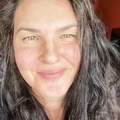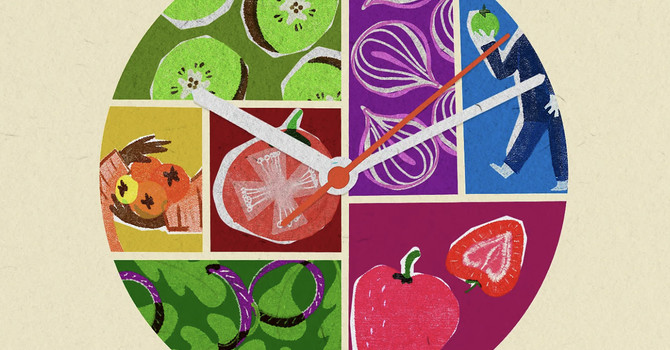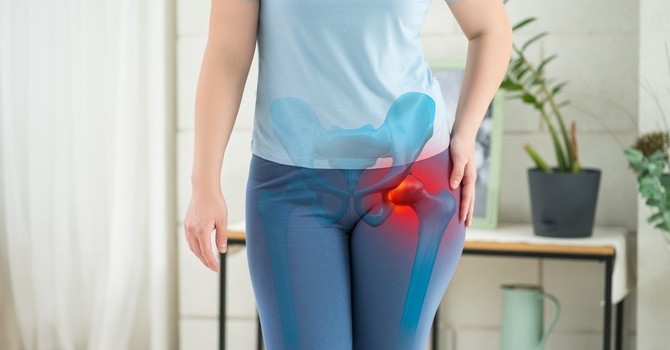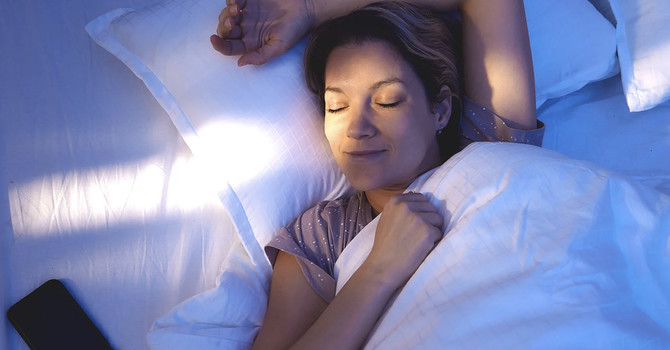Osteopathy was founded in the United States by Dr Andrew Still in 1874. After the loss of his children to meningitis he sought to find answers within the systems of the body rather than just treating symptoms to facilitate the body’s natural propensity towards healing. Still was guided by four founding principles.
1. The body works as a single entity.
2. Structure influences function.
3. The body is self-regulating.
4. The body has the ability to protect, repair and regenerate.
Still believed the answers to disease lay within the body and that removing any obstruction to flow of blood, lymph and nerve conduction was key to return to health. Currently in the US an Osteopath is a doctor (DO) and their training has many crossovers with medical doctors using diagnosis and prescription of medication as key parts of their scope of practice. In Europe, osteopathy is practiced in the more traditional bounds of manual therapy.
In Canada, there are no Osteopathic medical schools but there are a small number of US trained DOs that are recognized by Health Canada. There are two types of Canadian schools of osteopathic therapy that are recognized by The World Health Organization:
Type I
Diploma in Osteopathic Manual Practice (DOMP), a 4 year diploma in European style Manual Osteopathy.
Type II
Manual Osteopathic Therapy (MOT), a one year accelerated program that requires prior learning in various healthcare fields. Many MOTs are also registered massage therapists. This training builds on an already strong foundation of skills and knowledge base that RMTs learn including palpation skills, anatomy, physiology, neuroanatomy, pathophysiology, orthopedic testing and the signs, symptoms and etiology of hundreds of conditions and diseases. As with RMTs, a Manual Osteopathic Therapist doesn't diagnose but using assessment and differentiation treats what they find and refer out when they are at the limit of their scope of practice.
Manual therapy is any hands-on treatment using advanced palpation skills to assess and treat imbalances, dysfunctions and restrictions in the body. Palpation looks at temperature, elasticity, shape, density and tenderness of the tissue being assessed and any asymmetries in function then uses a variety of modalities to treat. Manual Osteopathic Therapy is the umbrella term for multiple modalities that you may already have heard of:
Advanced Myofascial Remodeling
Similar to Myofascial release, which treats the fascial system of the body. Fascia is a continuum of connective tissue that permeates the entire body, surrounding organs, muscles, bones and nerves endings. It gives the body functional structure and the ability for all other systems to function optimally. Some of the benefits of this treatment is to release restriction in the tissue, free the flow of fluids, improve posture, and increase the spring in your step.
Cranial Therapy
A very subtle treatment working with the skull, sacrum and by extension the membranes and spinal cord to affect the pressure, circulation and rate of flow of the cerebrospinal fluid and improve the function of the central nervous system. Cranial Therapy can help with TMJD, headaches, migraines, neck and low back issues.
Manual Lymphatic Therapy
The lymphatic system runs alongside the circulatory system cleaning up waste and debris for removal. If you think in terms of refuse removal, the body has many storage and processing stations called lymph nodes that can become backed up leading to swelling, pain and altered function. Lymphatic therapy helps remove congestion, alleviate swelling, improve the rate of lymph flow and increase efficiency.
Visceral Manipulation
The internal organs of the abdomen and pelvis move separately and together and each has its own rhythm and movement. Fascial restrictions can lead to altered function and even pain in a region further away. Each organ has its own parasympathetic and sympathetic innervation pathway and blood supply which VM increases as well as increased mobility, motility and function. Digestive disorders and reproductive system dysfunctions can be reduced with this treatment.
Osteoarticulations
The assessment and treatment of joints using Muscle Energy Technique which is very gentle and movement based manipulation of joints that are restricted relative to the other joints. Joints act and muscles react so by moving them into their most optimal position creates stability, increases force generation and range of motion thereby decreasing pain.
All of these treatments are extremely gentle yet powerful and the ability to weave them together creates big changes in a profoundly holistic experience. The wide variety of techniques enables the therapist to help ease a variety of symptoms and conditions including sciatica, back pain, tennis elbow, digestive issues, respiratory conditions, headaches, pelvic floor dysfunction, postural restrictions, chronic stress etc.
What to expect
Initial MOT appointments involve taking extensive health history, assessments for postural imbalances and movement, treatment using the appropriate modality and then reassessment. Oil is not required for any of the techniques and the client remains fully clothed so it is recommended to wear or bring comfortable clothes to change into. No two treatments are alike but they can be very effective and deeply relaxing. The majority of health insurance companies cover Manual Osteopathic Therapy. Its comprehensive approach greatly impacts all systems of the body yet is gentle enough to alleviate stress.
Eleanor Baldwin moved with her husband and two children to Saskatoon in the spirit of adventure in 2012. She works as a Manual Osteopathic Therapist, Registered Massage Therapist and RAPID NFR Specialist at the Broadway Health Collective. She takes a direct approach in her treatments, weaving her skills to effectively treat specific issues and decrease pain and stress for her clients.

Eleanor Baldwin
RMT, Manual Osteopathic Therapist and Rapid Neurofascial Reset Practitioner
Contact Me



